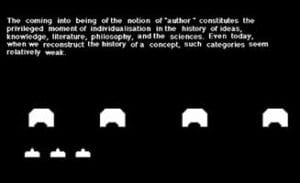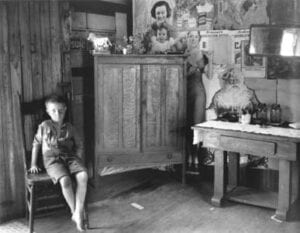New Media Art
My updated understanding of new media art is art that is created with the internet and surrounding technologies. The reading describes new media art as “projects that make use of emerging media technologies and are concerned with the cultural, political, and aesthetic possibilities of these tools” (p1). It also describes new media art comparatively with Dadaism, another reactionary art movement. At the time of the text, some new media art mediums were “Software art, Game art, New Media installation, and New Media performance, although individual projects often blur the boundaries between these categories” (p6). I believe these concepts along with the political themes are still very much present in new media art, however with the added influence of social media, AI, NFTs and so on, the art form has changed as well. AI and NFTs are relatively new concepts and social media has evolved to be something entirely new since the writing of this text. With this, not only have the mediums for new media art changed, but the political commentary as well. As the discussions around technology shift towards the ethics of AI art and NFT production, as well as social media privacy, New Media art changes to reflect this.
Art Historical
Trigger Happy (1998) – Thomson & Craighead LINK
(Seen on page 3 of the reading). This piece is a gallery installation that mimics the experience of playing a 90’s style shooter game, such as Space Invaders. As the audience plays the game, they are aiming to shoot down theoretical text that discusses the notion of being an ‘author’. The artists state that “triggerhappy becomes a folly. A self-defeating environment looking at the relationship between hypertext, authorship and the individual.” Thus, this piece was made relative to the production of video games and the new culture that was beginning. It is also meant to represent the audience’s unwilling participation in the internet-founded ‘info-war’.

After Sherrie Levine – Michael Mandiberg (2001) LINK
This piece (seen on page 7 of the reading) is a collection of images taken by photographer Walker Evans of a depression-era sharecropper family in Alabama. In 1979, these photos were rephotographed by photographer Sherrie Levine, then uploaded to the Web by Mandiberg in 2001. This piece is a website that is meant to reflect the new culture of appropriation in the era of New Media. The Web had made it easier than ever before to use found images, art, etc in the creation of new works. “This hyper-abundance of source material, combined with the ubiquitous “copy” and “paste” features of computer software, further eroded the notion that creating something from scratch is better than borrowing it” (p7). In the past, it was difficult to recreate a work in its exact, but with the new inventions of the Web, it is now easy not only to save a work exactly, but to share it with others that may have no idea who the original work belongs to. Thus, this work is a commentary on the issue of creative copyright and the modern lack of control over an artwork.
